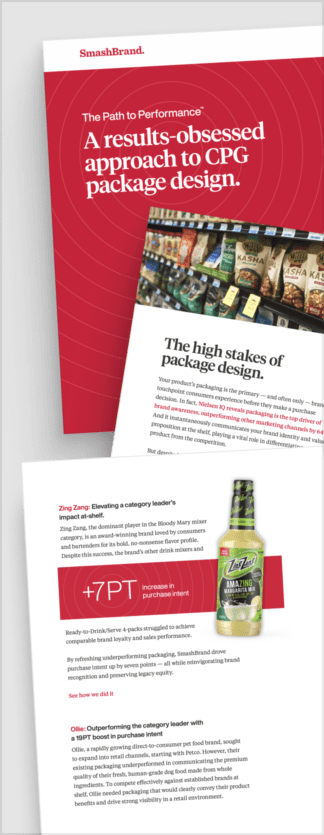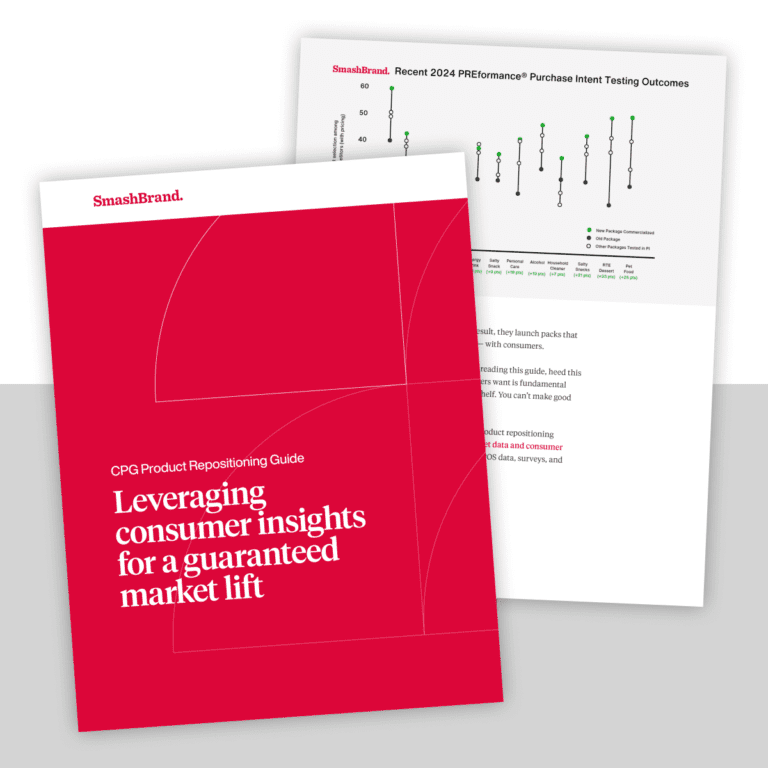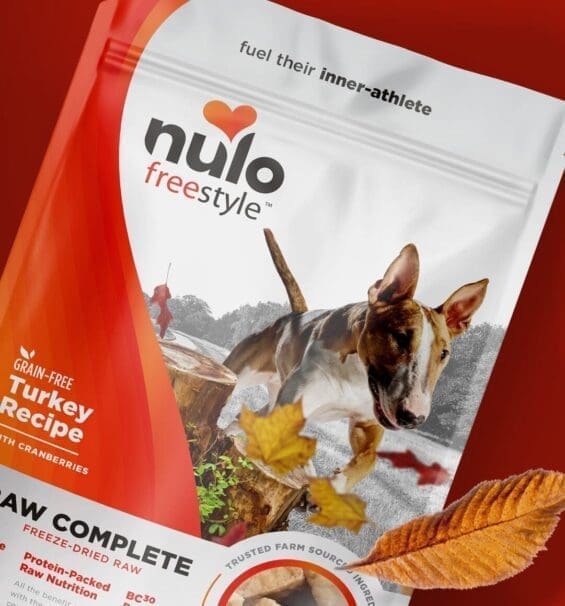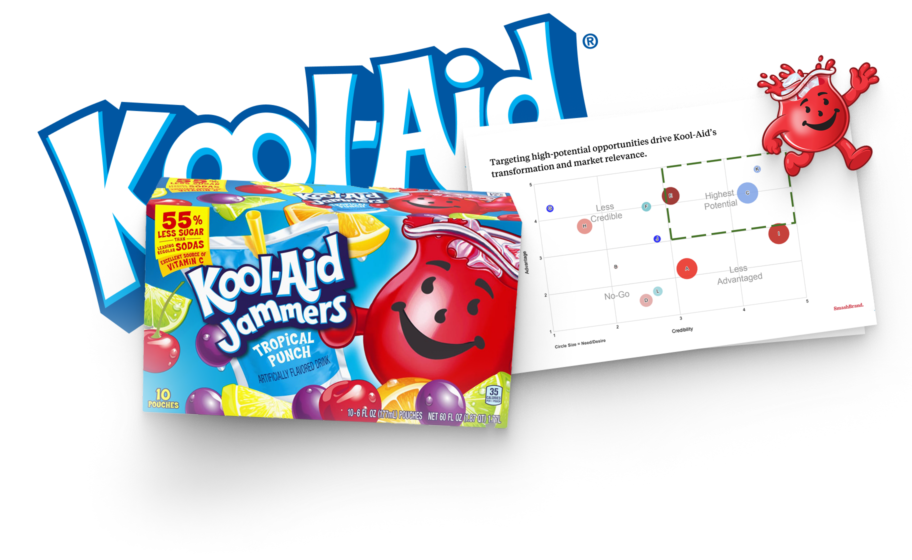According to recent statistics, 77% of consumers prefer shopping with brands they follow on social media. Why? Because no other platform is better for brand expression, which indicates the need and importance of consistent brand voice development. But that is easier said than done.
Consumers are bombarded with countless marketing messages, so a distinctive voice becomes essential for creating a memorable brand. Brand voice development is not just about what you say but how you say it. It is the art and science of crafting a unique, consistent, and compelling communication style.
This comprehensive guide will walk you through the essential steps of creating a powerful brand voice, integrating it into your marketing strategy, and using it to forge deeper connections with your customers. Whether you’re a startup finding your voice or an established brand looking to refine your message, this roadmap will help you cut through the clutter and make your brand unforgettable.
Understanding Brand Voice
Brand voice is the heartbeat of your brand’s personality. It encompasses the distinct way your brand communicates, the words, phrases, and overall language style that make your brand uniquely you.
Not to be confused with a mascot, think of it as your brand’s character —consistent, recognizable, and true to your core values. A strong brand voice matters because it is the foundation of all your communications, from social media posts to product descriptions.
On the other hand, brand tone is your voice’s emotional inflection. It’s how you adjust your voice to fit different situations or audiences. Depending on the context, your tone might shift from playful to severe or from formal to casual. While your tone may vary, your voice remains constant. Your brand tone is like your mood – it adapts to different scenarios.
A strong brand voice is necessary to build brand recognition and foster brand loyalty. Customers who instantly recognize your voice are likelier to connect with your message. This connection builds trust, and trust leads to loyalty.
Components of Brand Voice
Brand voice comprises three key components:
- Personality
- Values
- Communication style
These elements work in harmony to create a distinctive and memorable brand presence.
Brand personality refers to the human traits associated with a brand . Is your brand known for being playful, quirky, serious, authoritative, innovative, cutting-edge, traditional, or reliable? Your brand’s personality must align with your product traits.
Brand values are the core beliefs and principles that guide your company’s actions and decisions. These aren’t just internal guidelines; they should be evident in communication. Whether it’s sustainability, innovation, transparency, or customer-centricity, your brand’s values must influence what you say and how you say it.
Communication style is when personality and values come to life. It encompasses the tone, voice, and language choices that make your brand recognizable.
- Are you formal or casual?
- Do you use technical jargon or simple everyday language?
- Are you using humor or maintaining a more serious demeanor?
Communication must be consistent across all channels, from social media to customer service interactions, creating a cohesive brand experience.
Steps to Develop Your Brand Voice
Developing a solid brand voice requires a strategic approach to minimize risks and boost chances of success. Companies must leverage customer feedback, engagement metrics, and market research.
A data-informed strategy ensures your voice resonates with your audience, adapts to market trends, and provides a foundation for continuous improvement. Companies must follow these steps:
Define Brand Identity
Start by crafting your mission and vision statements and articulate your brand’s purpose and long-term aspirations. These will guide your brand strategy and communication. Companies must establish their core brand values – the principles that drive behavior and decision-making. These values must match your target audience’s interests and needs.
Identify the brand archetype—a universal character or persona representing your brand’s personality. This could range from the hero to the caregiver, the Rebel to Sage. Your chosen archetype will share the voice and storytelling approach. These elements form the foundation of a solid identity, inform your communication style, and ensure consistency.
Analyze The Current Voice
Analyzing your current voice allows you to understand where you stand and provides a baseline for improvement. This process ensures brand consistency across all marketing materials and content creation efforts.
To analyze your current voice:
- Review your marketing materials, including website copy, social media posts, emails, and ads. This comprehensive review will help you understand your brand’s current communication style.
- Look for tone, language, and messaging discrepancies across different platforms or content types. Inconsistencies can confuse your audience and dilute your brand identity.
- Assess what aspects of your current voice resonate well with your audience and which areas need improvement. This evaluation guides your refinement efforts.
By thoroughly analyzing your current voice, you lay the groundwork for a more cohesive and impactful brand voice that aligns with your brand identity and resonates with your target audience.
Research Your Target Audience
Researching the target audience forms the backbone of your marketing strategy and influences your content marketing efforts. The following steps should help in investigating the target audience:
- Gather data on your audience’s age, gender, location, income, and education levels. This information helps you tailor your voice to specific groups.
- Dive deeper into your audience’s values, interests, and lifestyles. Understanding these aspects allows you to craft messaging that genuinely connects.
- Identify your audience’s likes and dislikes and the problems they’re trying to solve.
By thoroughly researching your audience, you create a voice that speaks to them and enhances your customer service and brand experience.
Create a Brand Voice Chart
Building a brand voice chart is necessary for creating a consistent and compelling brand voice. It is a central reference point in your brand voice guidelines, ensuring all communication aligns with your brand’s personality. Here’s how to create one:
- Choose 3-5 core traits that embody your brand’s personality . For example, a sustainable CPG brand might choose “eco-conscious,” “innovative,” and “empowering.”
- Outline specific behaviors to follow and avoid for each trait. This will help content creators understand how to apply the voice consistently.
For example, Beyond Meat’s latest campaign focuses on specific environmental impact metrics for its products compared to traditional meat. The brand features eco-consciousness.
- Do: Highlight sustainable practices and ingredients.
- Don’t Use vague green claims without backing.
Voice guidelines ensure consistency across all brand communications, from packaging to social media, reinforcing brand identity and building stronger consumer connections.
Develop Brand Voice Guidelines
Document the characteristics of your brand voice in a style guide . Specify how your tone may shift depending on the context. For instance, your social media posts might be casual and humorous, while your email communications could be more formal and direct.
Outline preferred vocabulary and phrases that align with your brand. This could include industry jargon or colloquial expressions that reflect your brand’s personality. Establish grammar, punctuation, and formatting guidelines to maintain consistency across all communications.
Brand Voice and Style Guide
A strong brand voice & identity ensures consistency across all consumer touchpoints. Our brand voice and style guide define the brand voice characteristics that shape communication—tone, personality, and language style—so every message aligns with your brand’s essence.
This brand voice and content style guide serves as a framework for internal teams and external partners, ensuring clarity and impact across packaging, marketing, and digital platforms. Setting clear guidelines eliminates inconsistencies and enhances brand recognition, making every interaction feel cohesive and intentional. Whether direct, authoritative, playful, or engaging, your brand’s voice must be unmistakable and strategic.
Implementing Your Brand Voice
After building a unique and compelling brand voice, it’s time to implement it strategically for maximum impact. Companies must follow these steps to avoid any mistakes during the implementation phase.
Training Your Team
Effective brand management starts with a well-trained team. A clear brand roadmap ensures all content aligns with your brand’s mission and values. Conduct training sessions and workshops to introduce your brand perception roadmap, helping content creators understand the balance between brand tone consistency vs. market trends.
Hands-on exercises, such as drafting social media posts or emails, reinforce these principles. Encourage peer reviews to refine messaging and ensure alignment with the brand tone consistency vs. content calendar. By embedding these practices, your team maintains a unified voice that adapts to trends while staying true to your brand’s identity.
Applying Brand Voice Across Channels
A distinct brand voice creates a seamless and engaging experience across all platforms. Every interaction from your website to social media should reflect brand consistency and reinforce your brand messaging.
Align your content marketing strategy with a structured calendar to ensure a consistent voice across posts, blogs, and product descriptions. Craft compelling social media content that captures attention while staying true to your brand persona.
Incorporate brand communication into customer interactions—train support teams to reflect your brand’s tone in chat, email, and calls. Tailor messaging to different audience segments while maintaining core brand positioning, ensuring your voice is adaptable and unmistakable.
Maintaining Consistency
A powerful brand voice is only effective if it remains consistent across all marketing channels. Regular content audits help ensure alignment with brand values while maintaining a consistent tone across touchpoints. Schedule quarterly reviews of all marketing materials, from packaging to digital content, to catch inconsistencies and refine messaging.
Develop structured frameworks with voice examples to guide content creation while preserving your unique voice. Implement a tiered review system to verify alignment before publication, reinforcing why brand voice matters in building trust and brand awareness. Like SmashBrand, use strategic quality control measures to ensure every message reflects your identity with precision.
Measuring and Refining Your Brand Voice
After implementing the brand voice, it is time to measure and refine it to maintain relevance and effectiveness. Social media engagement metrics such as likes, shares, and comments can gauge audience reception. Follow these steps to establish a proper measurement and optimization system:
Track Key Performance Indicators (KPIs)
Monitor how your audience interacts with your brand across various platforms. Key metrics include:
- Social media: Track likes, shares, comments, and overall reach
- Website: Analyze time on page, bounce rates, and conversion rates
Use tools like Google Analytics and social media insights to create a dashboard tracking these metrics over time. Evaluate how your distinctive brand voice influences public perception:
- Utilize social listening tools to monitor mentions and conversations about your brand
- Analyze the tone and context of customer reviews and social media comments
- Track your Net Promoter Score (NPS) to measure customer loyalty
Gather direct input from your audience:
- Conduct regular surveys to assess brand perception and recall
- Implement focus groups to gain in-depth insights on how your brand voice resonates
- Monitor customer service interactions for feedback on brand communication
Create a feedback loop where customer insights directly inform brand voice refinements.
Perform A/B Testing and Optimization
Experimenting with voice variations. Start by creating subtle variations of your brand voice to test different aspects:
- Tone: Test formal vs. casual tones
- Vocabulary: Experiment with industry jargon vs. simplified language
- Messaging style: Compare direct statements to storytelling approaches
Conduct A/B tests on landing pages to identify elements that improve user engagement and drive conversions. It could include testing different headline styles or call-to-action phrasings that reflect voice variations.
After running your tests, dive deep into the data. Use analytics tools to compare engagement metrics between variations. Look at conversion rates, time on the page, and bounce rates for different voice styles. Analyze test results to derive actionable insights for your brand voice.
Refine guidelines based on data. Use your findings to evolve your brand voice guidelines. Update your brand voice chart with insights from successful tests. Adjust your voice guidelines based on what resonates most with your audience. Implement winning variations across all relevant marketing channels.
Remember, while optimizing for performance is essential, preserving your brand’s unique identity is crucial. Don’t sacrifice your distinctive voice for higher conversion rates.
By systematically testing, analyzing, and refining your brand voice, you’re not just implementing a static marketing strategy but creating a dynamic, data-driven approach to brand communication. This iterative process ensures your brand voice remains compelling, resonant, and true to your brand essence in the ever-evolving digital marketing landscape.

Path to Performance™
Taking a results-obsessed approach to CPG package design.
Learn how SmashBrand’s proprietary process – rooted in scientific principles, informed by data, and validated by your target audience – takes the guesswork out of package design and delivers guaranteed results.
"*" indicates required fields
Data-Driven Brand Development That Can Guarantee Sales Performance.
Want a complete blueprint for brand voice development that ensures brand performance in retail? We can help. SmashBrand is a brand development agency that researches, positions, designs, and tests all products to ensure peak shelf performance. Book a time to discuss your project with our team.

Nice Package
Don’t miss out on our monthly newsletter Nice Package!
Each month, we deliver a data-driven newsletter directly to your inbox, unpacking a critical topic in the FMCG & CPG industry.
"*" indicates required fields
Subscribe to
Nice Package.
SmashBrand’s Nice Package: Stay current with our latest insights
Free Resource.

CPG product repositioning guide.
Explore the five undeniable signs your CPG product needs repositioning along with strategies for leveraging consumer insights for a guaranteed market lift.
Download Whitepaper About CPG product repositioning guide.



